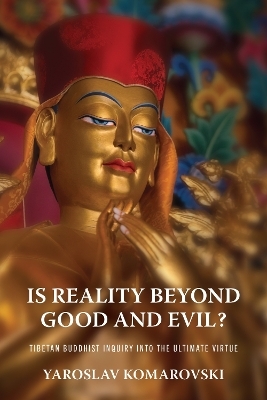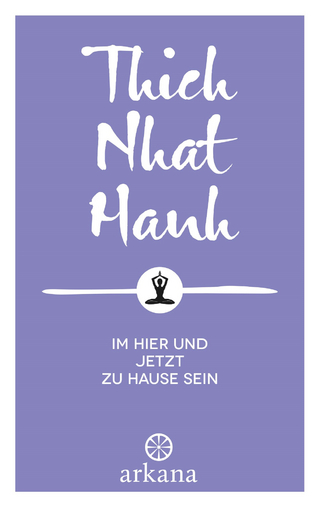
Is Reality beyond Good and Evil?
Tibetan Buddhist Inquiry into the Ultimate Virtue
Seiten
2024
University of Virginia Press (Verlag)
978-0-8139-5216-1 (ISBN)
University of Virginia Press (Verlag)
978-0-8139-5216-1 (ISBN)
Tibetan Buddhist thinkers agree that, on the most fundamental level, our nature is pure. What exactly that ultimate nature is, however, is debated. This book appraises how divergent understandings of the ultimate nature affect their approaches to understanding virtue, and how these approaches relate to their Buddhist thought and practices.
Illuminates the debate on the nature of virtue and ultimate reality
Tibetan Buddhist thinkers agree that, on the most fundamental level, our nature is pure. What exactly that ultimate nature is, however, remains the subject of debate. Yaroslav Komarovski’s new book appraises how divergent understandings of the ultimate nature by Tibetan thinkers, including ideas informed by two conflicting yet complementary systems of Buddhist thought—Yogācāra and Madhyamaka—affect their diverse approaches to understanding virtue, and how their understandings of virtue in turn relate to their approaches to the Buddhist thought and practice. Tracing the origins of the polemics on ultimate virtue back to the Indian texts and writings of early Tibetan thinkers, Komarovski focuses chiefly on the works of the two seminal thinkers of the Sakya tradition of Tibetan Buddhism, Serdok Penchen Shakya Chokden (1428–1507) and Gowo Rapjampa SÖnam SenggÉ (1429–1489), and offers both a learned summary of a historical controversy and a modern commentary on this vital debate.
Illuminates the debate on the nature of virtue and ultimate reality
Tibetan Buddhist thinkers agree that, on the most fundamental level, our nature is pure. What exactly that ultimate nature is, however, remains the subject of debate. Yaroslav Komarovski’s new book appraises how divergent understandings of the ultimate nature by Tibetan thinkers, including ideas informed by two conflicting yet complementary systems of Buddhist thought—Yogācāra and Madhyamaka—affect their diverse approaches to understanding virtue, and how their understandings of virtue in turn relate to their approaches to the Buddhist thought and practice. Tracing the origins of the polemics on ultimate virtue back to the Indian texts and writings of early Tibetan thinkers, Komarovski focuses chiefly on the works of the two seminal thinkers of the Sakya tradition of Tibetan Buddhism, Serdok Penchen Shakya Chokden (1428–1507) and Gowo Rapjampa SÖnam SenggÉ (1429–1489), and offers both a learned summary of a historical controversy and a modern commentary on this vital debate.
Yaroslav Komarovski is Professor of Religious Studies at the University of Nebraska–—Lincoln and the author of Tibetan Buddhism and Mystical Experience, Radiant Emptiness: Three Seminal Works by the Golden Paṇḍita Shakya Chokden, and Visions of Unity: The Golden Paṇḍita Shakya Chokden’s New Interpretation of Yogācāra and Madhyamaka.
| Erscheinungsdatum | 07.09.2024 |
|---|---|
| Reihe/Serie | Traditions and Transformations in Tibetan Buddhism |
| Zusatzinfo | 1 table |
| Verlagsort | Charlottesville |
| Sprache | englisch |
| Maße | 152 x 229 mm |
| Themenwelt | Geisteswissenschaften ► Religion / Theologie ► Buddhismus |
| ISBN-10 | 0-8139-5216-6 / 0813952166 |
| ISBN-13 | 978-0-8139-5216-1 / 9780813952161 |
| Zustand | Neuware |
| Haben Sie eine Frage zum Produkt? |
Mehr entdecken
aus dem Bereich
aus dem Bereich
Philosophische Betrachtungen
Buch | Softcover (2024)
Aufbau TB (Verlag)
CHF 20,95


